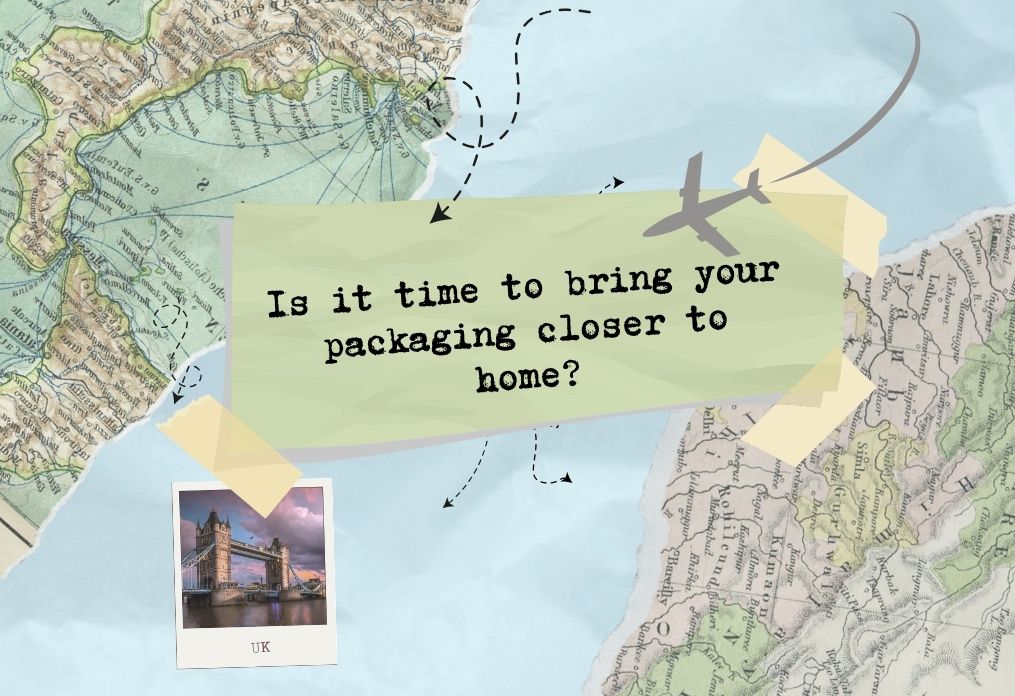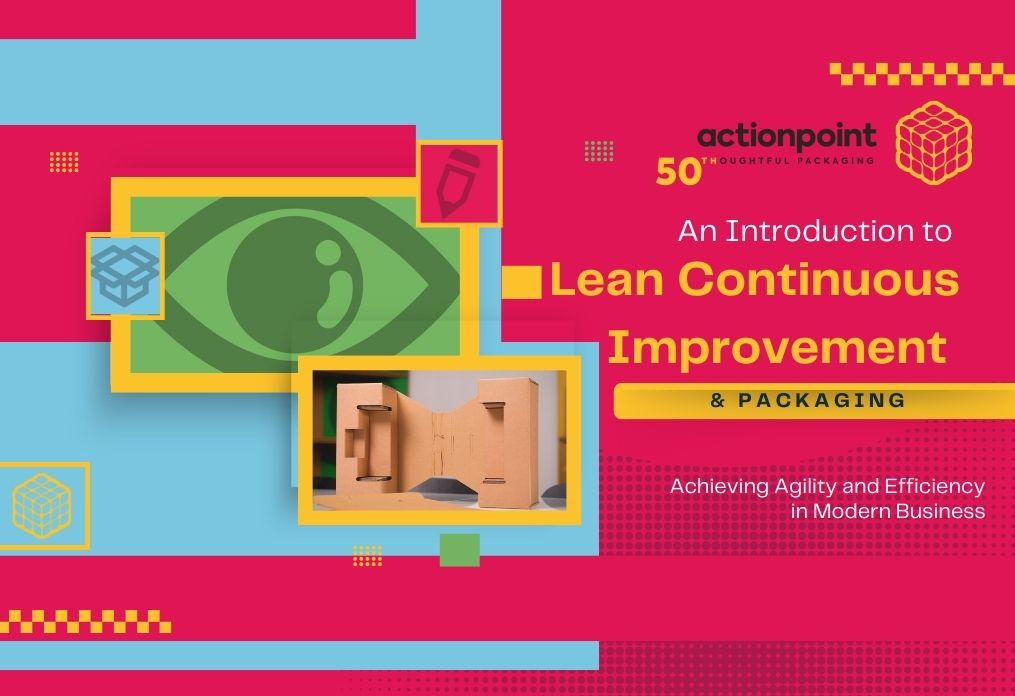Ah, plastic. The solution to so many problems in the early 20th Century. In 1904, the first fully synthetic plastic, Bakelite, was welcomed with open arms. The phenol-formaldehyde resin was considered a wonder material, bringing mass produced, affordable goods to consumers. By the time of inventor Leo Baekeland’s passing in 1944, Bakelite had been used in over 15,000 different types of products from telephones, toys and medical training equipment to car components, kitchenware, and coffins.
More than 100 years later, we are still well and truly in the Plastic Age and it’s easy to see why. Polythene (the most commonly used plastic) is cost-effective, easy to process, durable, lightweight, versatile, leak proof, resistant to corrosion, and easy to print on. As a thermoplastic, it can be softened through heating and reshaped into new items making it easy to recycle.
It’s the perfect material for packaging. So why are sales in decline?
A bad reputation
There are no two ways about it, the market for polythene – also known as polyethylene or PE – has slowed. One exception bucking the trend is stretch film (widely used as pallet wrap to keep products securely in place) but that is likely to be because there aren’t many alternatives available that match its performance.
This slight downward trend first became apparent last autumn, and sales of polythene products such as bags and sheeting continue to be less than expected. A recent plastic packaging survey shows manufacturers in Germany are experiencing the same issue with no signs of a turnaround on the horizon.
Supermarkets are signalling a move away from plastic, too. Last year’s figures show Tesco’s paper packaging was up by 7.5% while plastic packaging fell by 4.2%. And Sainsbury’s is cutting plastic packaging across its own brand ranges to meet a 50% plastic reduction target by 2025.
So, why is plastic losing popularity? You can probably guess. Plastic pollution, microplastics, plastic litter… and that’s just the start. Plastic keeps hitting the headlines for all the wrong reasons and it is now in a consumer trust crisis. The message that ‘plastic is bad’ is constantly being repeated in the media and press and by environmental groups and eco campaigns.
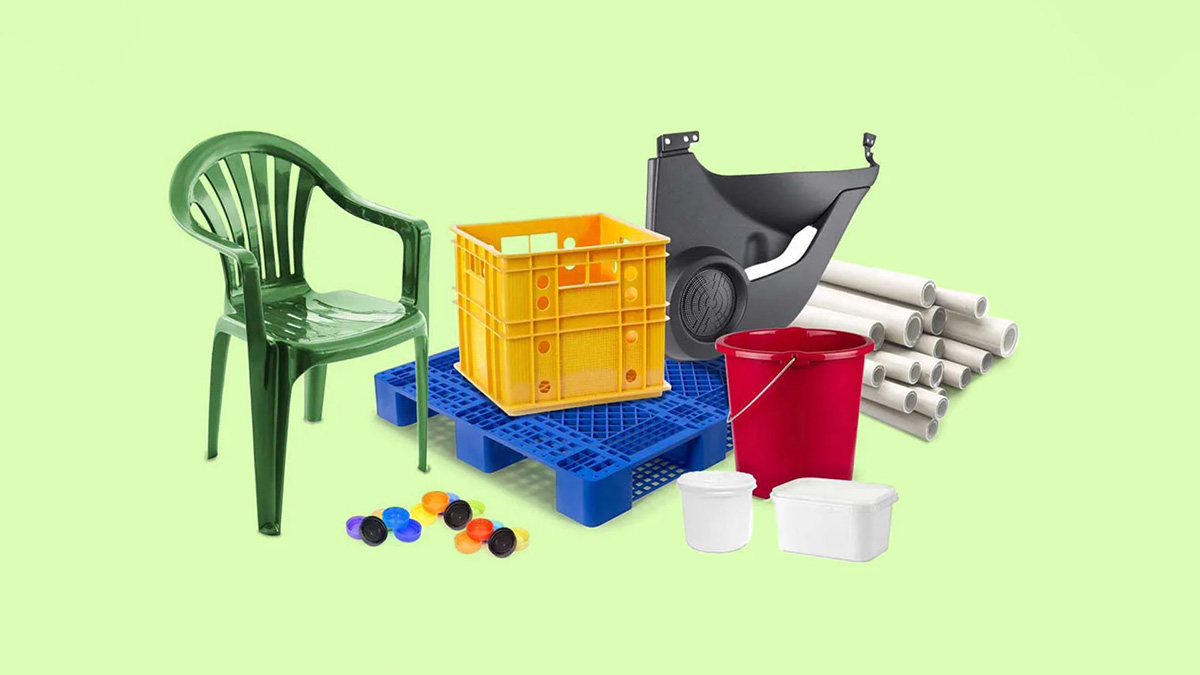
Businesses working towards sustainability goals are either put off using plastic in their packaging or see that their customers view it in a negative light. Either way, the quickest solution seems to be to avoid plastic as much as possible and find an alternative.
Knowledge is power
Along with a dip in demand for polythene packaging, something else has become apparent: a lack of knowledge about plastic. Much consumer information focuses on the downsides and fails to impart a broader understanding. To rectify this, we have gathered some of the key pros and cons of plastic packaging. Let’s start with the cons (you will probably know a few of these already!):
Cons of plastic packaging
- Fossil fuels. Most plastics in use today are made using fossil fuels. They are a by-product of petroleum (crude oil) refining, which is very energy intensive and uses a finite resource.
- Carbon. Fossil fuel-based plastic is embedded with a large amount of carbon, which gets discharged when the plastic is incinerated or releases slowly over time in landfill or when littered.
- Pollution. Plastic waste from landfill and littering gets into our wider environment impacting wildlife, rivers, and oceans.
- Litter. Plastics are more likely to be littered than other types of packaging.
- Recycling limits. Plastic can only be recycled between 1-10 times depending on type because the quality reduces each time it is recycled.
- Multi-material multi-layered plastic packaging. MMPP, including lamination and coating, plays a critical role in protecting goods like food and medical items but is hard to recycle, so it is frequently landfilled or incinerated.
- Tiny pieces. Plastic waste doesn’t decompose but breaks down into smaller pieces: macroplastics (larger than 5mm), microplastics (smaller than 5mm) and nanoplastics (less than 1 micrometre, so tiny they can be inhaled).
- Methane. Plastics engineered to biodegrade release methane if they end up in landfill or composters.
- Single use. Plastic packaging is often designed for single use, which combined with its high durability, has contributed to large amounts of plastic waste: 2.5 million tonnes in the UK in 2021.

Pros of plastic packaging
- Hygienic. Plastic packaging ensures product safety for goods like food, medicines, and toiletries.
- Cuts food waste. Food grade plastic extends shelf life by 5 – 10 days, reducing the need for preservatives and cutting food waste, which is a major contributor to climate change.
- Light. Plastic is strong but lighter than other packaging materials so it’s easier to lift and handle and takes up less physical space, meaning fewer delivery vehicles/journeys.
- Lower production/manufacturing emissions. The heavier the material, the higher the emissions. If all plastic bottles (one million per minute purchased worldwide) were instead made of glass or aluminium, the carbon emissions would be much higher.
- Reusable. Plastic’s strength and durability makes it perfect for reusable packaging such as crates, pallets, and storage totes, dramatically reducing emissions because the material is in use for so much longer.
- Uses less fossil fuel than you think. Out of all the world’s fossil fuel usage, just 4% is used to make synthetic plastic. Most of it is used to produce energy.
- Can be customised. Additives can be added to make plastics behave in the way you need. For example, to biodegrade faster or to shrink when heat is applied. Other properties include slip, anti-slip, anti-static, flame retardant, corrosion/rust prevention, and ability to withstand freezing temperatures.
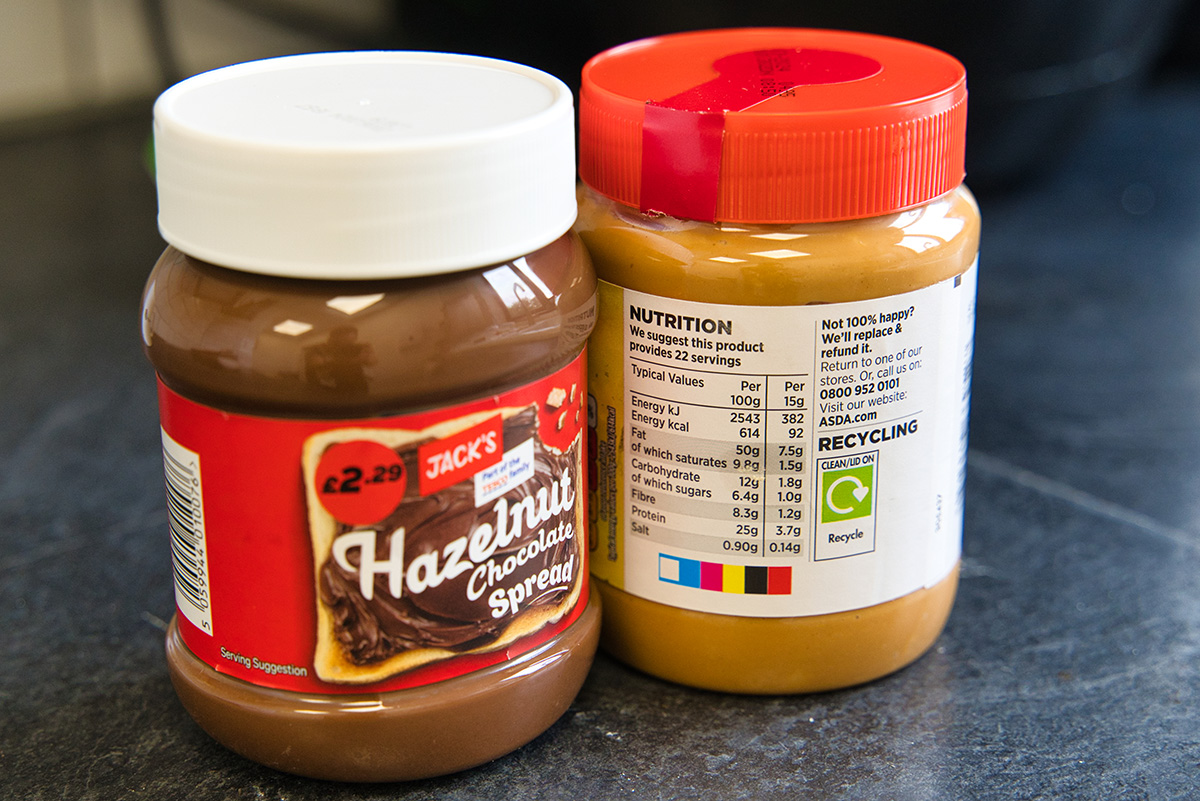
Pros of recycled plastic packaging
- Huge potential. If all plastic were recycled, this would save an estimated 30-150 million tonnes of C02 each year, equivalent to closing between 8-40 coal-fired power plants.
- Carbon savings. By recycling plastic made from fossil fuels, the carbon embedded within it stays in the loop.
- Most plastics can be recycled. Added to this, recycled plastic can be mixed with virgin material to be recycled into products of an equally high quality, which can subsequently be recycled. Eventually, the plastic can be downcycled into lower quality, but still useful, plastic for products like clothes and traffic cones.
- Recycling innovations. Chemical recycling technologies are in development to turn difficult-to-recycle plastics into base chemicals like hydrocarbons (such as oil or gas), or feedstocks to create virgin-quality plastic.
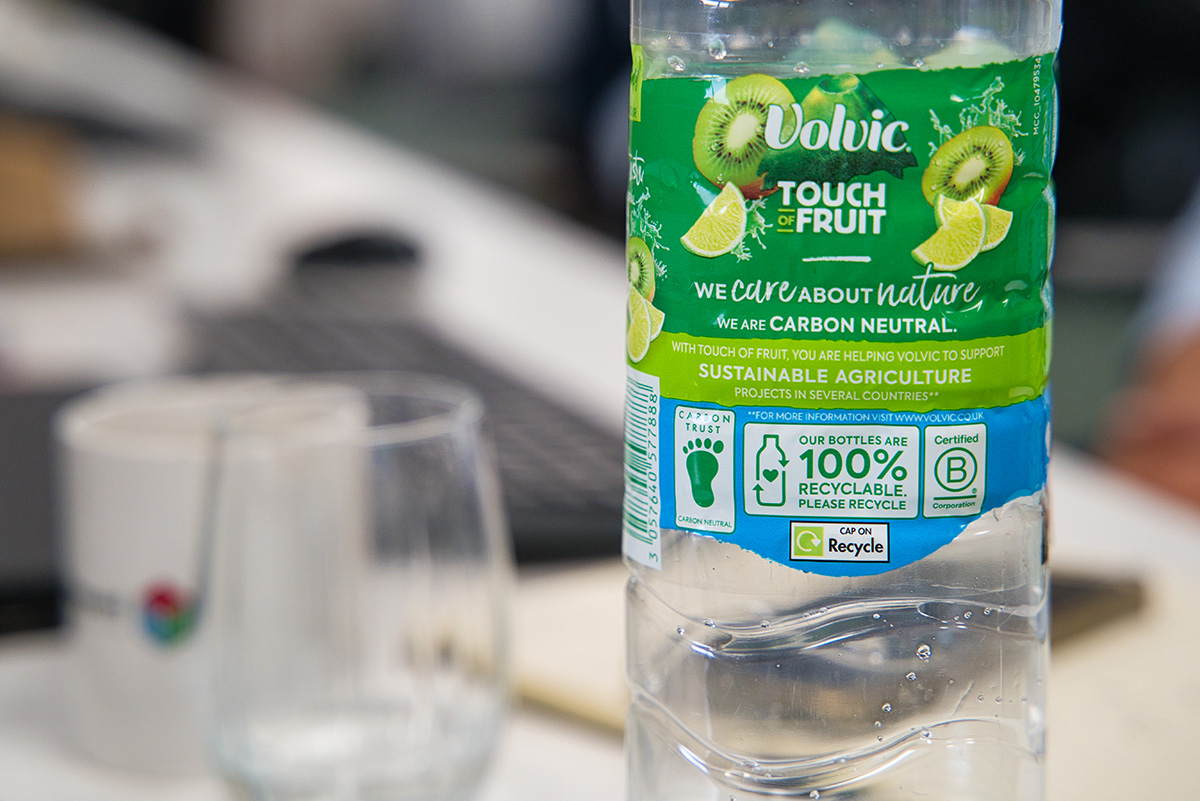
Not forgetting bio-based plastics
- Renewable. Bio-based plastics are made from renewable materials like starch from maize (corn), potatoes, or cassava (a type of root vegetable).
- Smaller emissions. Production and manufacture of bio-based plastics isn’t as energy-intensive as petroleum-based plastics.
- Carbon-free content. Unlike fossil fuel-based plastics, bio-based plastics are not embedded with carbon.
- Not to be confused with bioplastics. Bioplastics is the umbrella term for bio-based plastics (made in part or wholly from renewable biological sources) and biodegradable plastics (which may be petroleum-based or bio-based). Compostable plastics are a sub-set of biodegradable plastics.
- Can be customised. Bio-based plastics can be engineered to have the same benefits/properties as synthetic plastics (but this also means they are not always biodegradable or compostable).
Supply and demand
The UK Government is committed to a reduce, reuse, recycle approach to plastic packaging. This stems from its 25 Year Environment Plan to eliminate all avoidable plastic waste, and the Resources and Waste Strategy, which sets out how to achieve that aim – through a range of measures including Plastic Packaging Tax (PPT), Extended Producer Responsibility (EPR), and the Deposit Return Scheme (DRS).
These activities have pushed demand for recycled content (as they intended) but this has increased the cost of recycled plastic. Before PPT, for example, recycled material was cheaper than virgin plastic so there was a cost benefit to taking the more sustainable option. Now, pricing is on a par, so savings are harder to find and, even then, are not as good as before. We have also found that some suppliers have reduced previously high levels of recycled content (80-90%) to 30% to meet the minimum requirement of PPT while keeping costs manageable.
Of course, this is against the backdrop of a cost-of-living crisis, persistent inflation, and rising interest rates. Pricing for recycled plastic may well settle down once the economic outlook improves and the market for recovered and recycled plastics has grown further.
Next steps
What can you do to minimise the impact of your packaging on the environment?
- Use less packaging. Did you know the ‘reduce, reuse, recycle’ message is in order of preference? Use the minimal amount of packaging while ensuring your goods are protected in transit. Remember, the fall out of damages and returns significantly adds to your carbon footprint.
- Consider reusable solutions. Incorporate reusable materials where appropriate such as pallets and transit packaging. This keeps resources in use for longer, lowering energy and emissions.
- Design for recycling. Swap problematic materials for ones that are easily recycled. Using mono-materials simplifies recycling and creates better quality recyclate (recycled material). Include clear labelling to make it easy for customers to dispose of your packaging responsibly.
- Reduce synthetic plastic use. Look for recycled/recyclable alternatives or bio-based plastics. If it must be conventional plastic, consider high-performance options that are thinner, use less material, and generate less waste.
- Educate customers. In addition to labelling, use your various platforms to explain the sustainability of your packaging and how it should be recycled.
The recent drop in plastic packaging demand is likely to continue for the foreseeable future. But plastic is not inherently bad. At present, it has a role to play in the complicated world of packaging when it is optimally designed, suitable for purpose, and can be reused or recycled and reprocessed into a new product.
This, of course, may well change in the future. Packaging is an inventive industry with new materials continually being developed to address today’s packaging problems. Who knows, in the coming years, you may find edible, seaweed- or mushroom-based packaging as ubiquitous as Amazon boxes.
Recycling technology also continues apace and will help to capture hard-to-recycle materials as well as reduce recycling contamination. While ongoing research and development finds new ways to use/reuse downcycled or mixed plastics.
There’s no denying that sustainable packaging is a lively and somewhat confusing topic. That’s why, at Actionpoint, we share our knowledge to help you understand the best way forward. We work with you to create packaging that is tailored to your needs and has the smallest possible impact on the planet.
Take a look at our Eden Range for inspiration or contact our team for advice.



